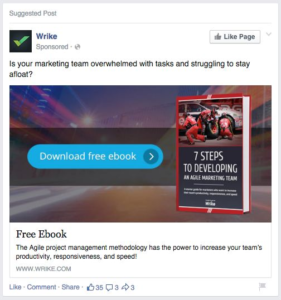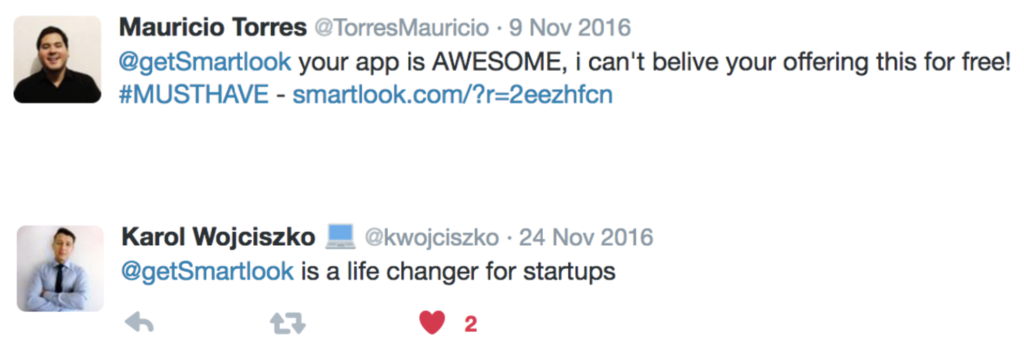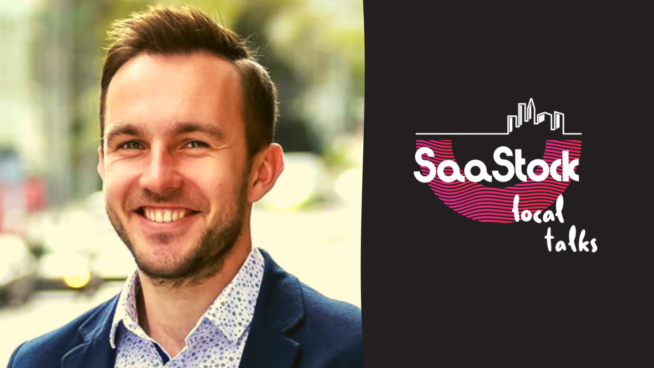SaaStock Local Talks are interviews we at Brainy Bees carry out with people who live and breathe SaaS.
Over these virtual coffees, we’ll discuss everything SaaS related.
The ninth interview features Petr Janosik, CEO of Smartlook.
I’m Petr Janosik and I am…
the founder and CEO at Smartlook.
How did your journey in Smartlook begin? How did you get to where you are today?
Being into technology from an early childhood led me to later attend the Faculty of Information Technology in Brno, Czech Republic, where I was already defining my business plan.
I started with building tailored websites for local businesses, so I quickly learned how to program, do UI/UX work, performance marketing, SEO, product management, and many other aspects of running an online business. I never worked for anyone – instead, I launched my own start-up right after graduation.
This first SaaS company I founded is called Smartsupp. It provides live chat for website visitors. After 3 years of developing Smartsupp, I found myself a new challenge within the user behavior arena and I created Smartlook.
Smartlook started in 2016 as an analytical tool for observing and analyzing what people do when they visit website pages. Filling a gap in the market, it grew quickly, and today it is a company with customers all over the world.
Aside from being an entrepreneur, I was also one of the organizers of an educational conference called the SaaS movement. The aim of this event is to build the professional SaaS community in Central Europe and gather professionals in this field.
What is Smartlook? What makes it stand out from the crowd?
Smartlook is a global SaaS start-up based in Brno, Czech Republic. The company is developing a solution for analyzing user behavior on websites and mobile apps. User recording systems and analytical tools are connected to provide insights into the interactions of specific visitors. This way, it helps to understand customers from their own viewpoint and identify possible issues in the sale process. With more than half a billion customer sessions per month, Smartlook belongs in the TOP most used analytical tools in the world.
How did you make your first 10,000 users?
We had previous experience with another SaaS company we were building before Smartlook. So initially, we were trying to be visible on the same channels that were working for our first startup. The main reason is that initially, we had a similar target audience – it was working. For example, Quora, G2, Captera, and other software comparison websites. We were also reaching out to blog writers who wrote about other analytical tools and we helped them improve their articles thanks to our know-how about the market, and then they mentioned us in their articles as well.
In the product, there were no limits for the number of sessions recorded. There was only a limit for how long we stored the data because it would be very expensive for us to store the data for months if the product was for free.
We used this situation and launched our own referral program for companies who recommended us to other companies and if the new company created an account, we gave both sides a longer data history. All these things together brought in 18,000 users in the first 3 months of launching the app.

You were starting as a free app. How does it shape your company?
Actually, we were joking about pricing with images like “Error 404 – pricing page not found.” Pricing really didn’t exist in the beginning. We did it for free because we wanted to be sure there is a need for that kind of product and we didn’t want to spend our time building all the necessary stuff around the payments.
It was an amazing experience. Because the product was free, there were no hard complaints from the users. It was the opposite – they motivated us to fix all the issues and were really helpful in fixing the bugs.
I can compare that with our previous SaaS company where we launched pricing from day one and then we had to give refunds and spend time with some angry users.
In Smartlook, it was an important decision to make the app free when we started, because all the support from the kind users helped us work even harder and fix all the issues much faster. And then all the happy users surprised by our speed shared their experience on social networks which helped us bring in new users, too.
Real tweets from our users in the early freeware phase:

How did you recognize that you can start selling your product?
Our goal was to reach 100,000 sign-ups and then launch our official pricing and start selling our product. But because we spent the whole seed investment during the first few months and we were still in the red, we decided to start offering premium packages a little bit sooner. It was exactly after 10 months since we officially launched Smartlook. However, because we started selling only for $10 a month, our users remained happy and a lot of them supported us by upgrading to a premium package.
What are Smartlook plans for 2021?
We believe we are able to build the #1 user behavior analytics solution worldwide, thanks to our powerful combination of qualitative and quantitative analysis for all the platforms (web, iOS, Android). So we want to continue in this trajectory.
But to be more precise from a product perspective, we want to focus on customer retention analysis with a long data history, anomaly detections, and predictive analytics. All this is in combination with session recordings.
Go bootstrapping or go to investors?
Investors. It is not about the money, it is about the startup advice and time. And thanks to money from the investors, you can be faster with your business plan.
How has the pandemic affected your growth? Did you have to cope with churn, or did you deal with more clients?
The pandemic helped us a little bit. We definitely have more customers than before.
When you’re not feeling motivated, how do you motivate yourself?
Coffee or sport helps, or just wait for another day. It never takes longer than a day for me to reset myself.
What do you feel is the biggest strength of our company right now?
Our great timing, an excellent team, and a great idea behind the product.
What is something you wish someone had told you during your career journey?
Don’t waste your time, study hard, and always think BIG. Everything is possible. But also, don’t forget to take a rest sometimes.
What is the best and the worst part of being a CEO?
The best thing is that I can see the whole picture and have all the information. I understand everything we do and why we do it. I know a lot about every department. I am becoming a “universal soldier,” as I call some people who can do “anything”.
On the other hand, the worst part is the communication. It is essential for work but it can also be very hard. People can translate some information in different ways, sometimes. It is hard to ensure that everyone has all the necessary information to be able to do their job and to achieve our goals.
What is your greatest professional challenge? How did you overcome it and what have you learned from it?
Managing a company of about 65 people. Ever since we started, we’ve been doubling the number of our employees every year.
This makes me learn the importance of human resource management to completely handle the growing employee base. Thus, it is important to choose your company management wisely. Once you have your managers in place, you should implement a framework with key metrics for each role and department. This will make it easier to manage people and keep everyone focused on common goals.
What would others call your communication style? Are you close to your employees or do you prefer to maintain a healthy distance, and why?
I’m trying to be as close to my colleagues as possible. I believe it is better for communication and they can see me as someone normal and not just a CEO of the company.
If you had to give one business lesson to people who think about launching their own SaaS, what would it be?
Focus on the product first and forget about the money. You will enjoy the process much more. Take care of testing and checking reliability, all the time.
What other CEOs do you look up to? (and I should interview)
I don’t have anyone specific I look up to – I just strive to be a better version of myself every new day.





